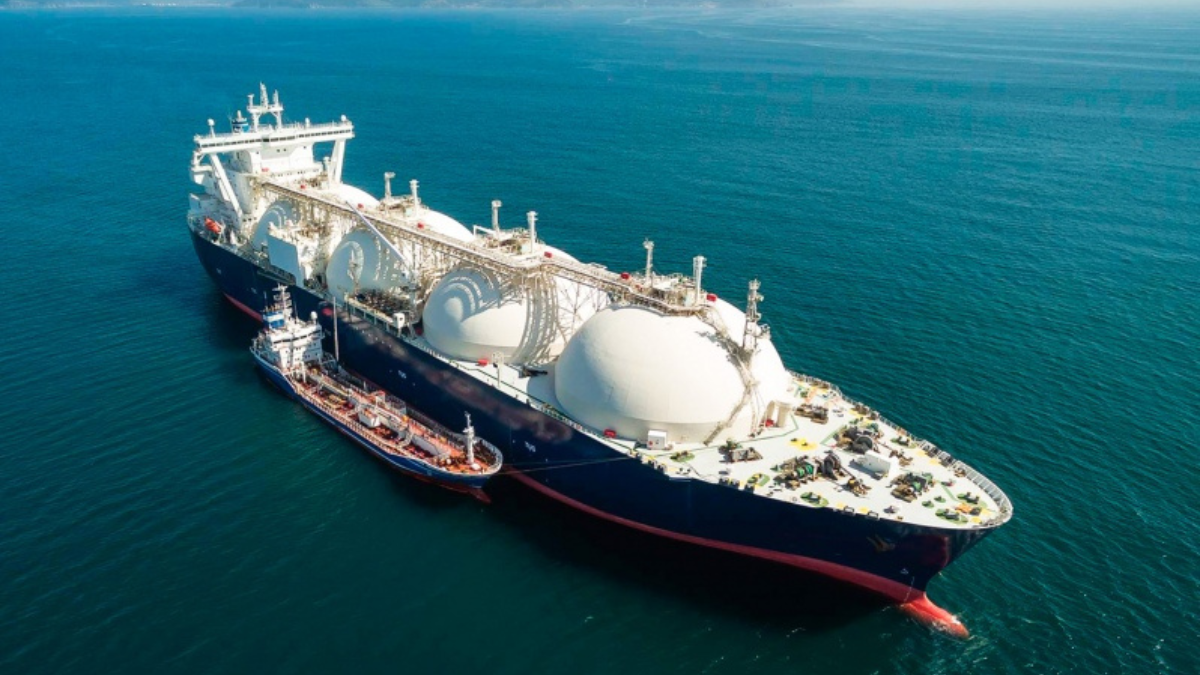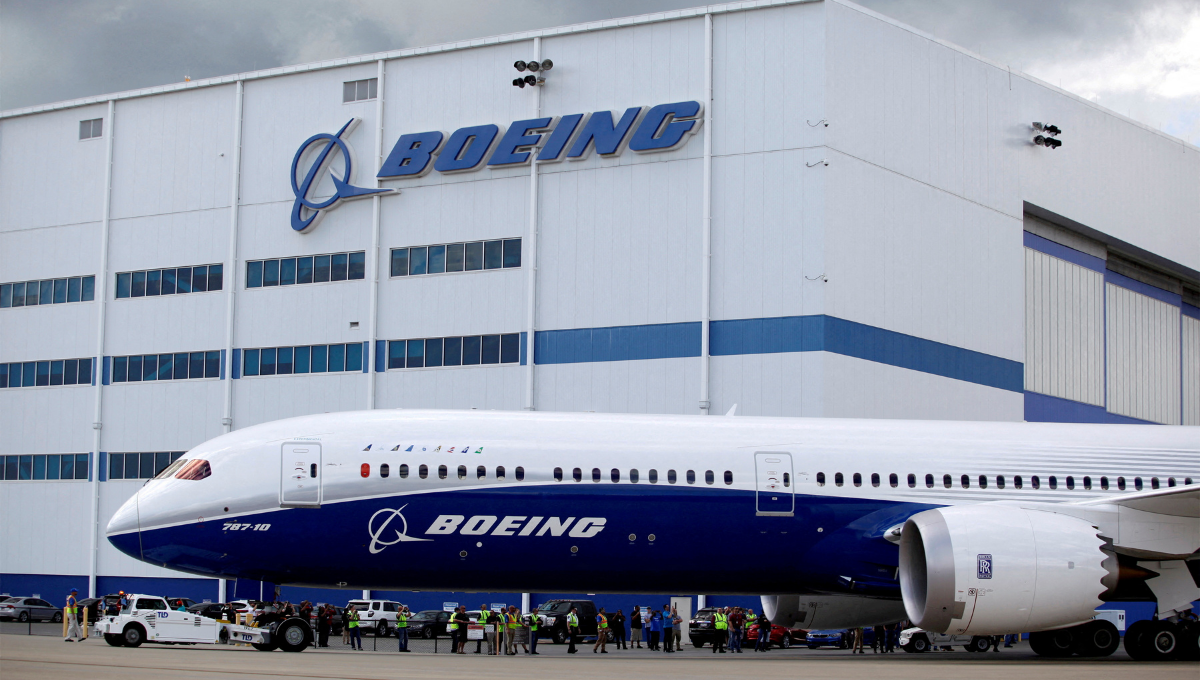Energy keeps the modern world running. Our daily lives, industries, and transportation all rely on a steady energy supply. Energy transport logistics moves this energy from where it’s produced to where it’s needed. Although this system is complicated, it is crucial and underpins much of our society.
Why Energy Transport Logistics Matters
Supplying fuel for homes and businesses is only possible with strong logistics. This system connects energy producers with global markets. It also affects what we pay for power and helps keep jobs and the economy stable. If the supply chain breaks down, even briefly, consumers may see shortages or price spikes. For these reasons, strong logistics are essential for every country.
Main Types of Energy Transport
Moving energy around the world uses different transportation methods. Each type has its own strengths and weaknesses.
Pipelines are common for oil, gas, and liquid fuels. Many are buried underground or run under water. Pipelines offer steady flow, high security, and lower daily costs. They need high upfront investment to build and are sometimes damaged by accidents or political conflicts.
Maritime routes move energy between countries using ships. Tankers can carry millions of barrels in a single trip and are cost-effective for large, long-distance loads. However, they face risks such as piracy, rough weather, and congested sea lanes.
Some energy travels by railroad. Trains are useful for coal, oil, and ethanol, especially where there are no pipelines. Railroads can reach remote areas and allow for flexible planning, but they’re generally more expensive per ton-mile. Accidents or derailments can also cause delays.
Trucks deliver energy products the last few miles to stations and businesses. They are very flexible, making them ideal for smaller deliveries or places without other infrastructure. But trucking is more expensive and can be delayed by road conditions.
Key Challenges in Energy Transport Logistics
No logistics system is perfect. Companies face many challenges as they work to keep energy flowing.
One major issue is geopolitical risk. Wars, disputes, or political sanctions can close vital routes or ports without warning. Unstable regions may lead to global price jumps overnight, often straining supplies elsewhere.
Regulatory pressure is another hurdle. Governments keep updating laws about how energy can be transported. As environmental standards get stricter, companies have to adapt or face large fines. New fuels, like hydrogen or biodiesel, come with their own set of regulations.
Environmental concerns are always present. Oil spills and gas leaks can harm land and water. Older pipelines and ships are more likely to fail if they’re not updated. Companies now invest more in safety and cleanup, especially as they move toward using greener energy.
Aging infrastructure is a growing problem too. Many pipelines, ports, and transfer stations are over 30 years old. These older systems can’t always keep up with modern needs and are more likely to fail. Upgrades are expensive and need complicated permits, and new projects often meet local opposition.
Another challenge involves dramatic market changes. Demand for energy rises and falls based on the global economy or natural disasters. When prices drop fast, companies may have to slow or stop deliveries. Sudden events can also keep supplies from reaching customers for days or weeks.
Finally, security is always a concern. Hackers sometimes attack computer systems that control pipelines or tankers. There is also the risk of physical attacks or piracy, especially in certain shipping routes. Protecting these assets requires ongoing investment in safety and security.
Innovations Transforming the Industry
Despite many challenges, the industry is changing rapidly. New ideas and technologies are helping companies respond faster and work smarter.
Digital tools are making a big impact. For example, companies use sensors on pipelines to monitor them in real time. This technology allows them to catch leaks before they cause major problems. Operations can be tracked remotely, which improves both safety and efficiency.
Artificial intelligence (AI) and big data are also making a difference. AI helps predict future demand, finds the most efficient routes, and spots potential trouble earlier. Companies use this data to plan ahead and lower operating costs.
Automation and robotics now play a greater role in maintenance and repairs. Drones can check pipelines from above. Robots can inspect dangerous or hard-to-reach places, reducing risks for workers. Ports use automated systems to speed up loading.
Green solutions are spreading quickly. New pipelines are built for alternative fuels, like hydrogen or biofuels. Shipping companies switch to cleaner fuels for their tankers. Many firms are investing in carbon capture technology to reduce pollution from transport.
Security systems are becoming more advanced. Firewalls and encryption protect digital control systems against cyberattacks. Physical barriers and regular safety drills increase readiness against accidents or threats.
Flexible supply chains are also taking shape. More storage sites are placed closer to where energy is needed. Companies plan for multiple routes, which gives them options when problems arise. This makes the supply network stronger and more reliable.
The Road Ahead for Energy Transport Logistics
Looking to the future, the industry faces both risks and promising changes. Three big trends stand out.
Sustainability is growing in importance every year. Clean energy sources are taking a bigger share of transport. Companies must keep lowering emissions and finding ways to protect the environment.
Resilience is essential for tomorrow’s networks. Recent events have shown that traditional methods aren’t always reliable. By creating options and backups, companies can recover faster from disruptions and supply shocks.
Decentralization marks another change. More homes and businesses generate their own power from solar, wind, or batteries. While this reduces the need for long-distance hauling, it creates new challenges for energy flows and storage.
Quick Facts: Energy Transport Logistics
Most of the world’s oil moves through pipelines and ships. Over 70% of all liquefied natural gas travels by sea. Some pipelines stretch more than 8,000 kilometers. Rising threats include piracy at sea and cyberattacks on digital control systems.
Conclusion
Energy transport logistics is the backbone of global energy. It must overcome tough challenges, from aging systems and new regulations to unexpected threats. Yet, innovation and better planning are helping the industry evolve. In the years ahead, success will depend on smart technology, resilience, and a commitment to cleaner, safer energy. This sector will continue to power our world, no matter how the energy landscape changes.










